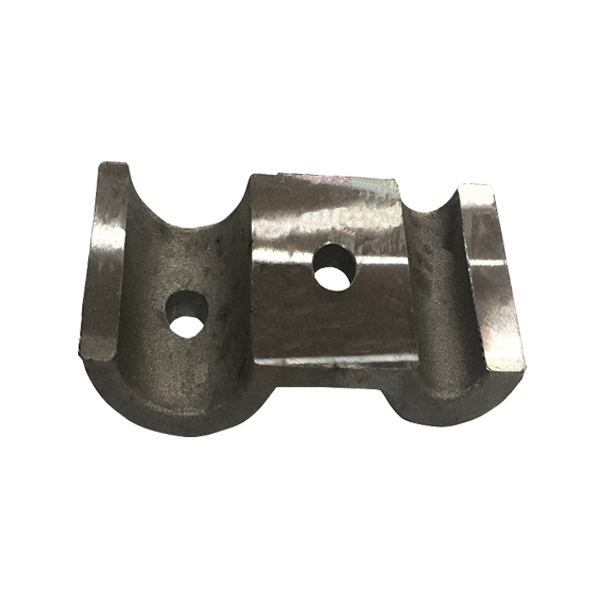

Overall, ductile iron lost foam casting is an excellent choice for producing complex metal parts with high precision and dimensional accuracy. The process is capable of producing parts that are difficult or impossible to create with other casting methods, and it offers numerous advantages in terms of cost-effectiveness and production efficiency.
Ningbo Yinzhou Keming Machinery Manufacturing Co., Ltd. is a leading provider of ductile iron lost foam casting services, offering high-quality, precision-cast components to a wide range of industries. Our team of experienced professionals is dedicated to providing the best possible service and support to our customers, and we are committed to maintaining the highest standards of quality and excellence in everything we do. For more information about our products and services, please visit our website at https://www.kmcast.com or contact us at sale@nbkeming.com.
Smith, J. (2017). The application of lost foam casting to the production of aerospace components. Journal of Aerospace Engineering, 30(3), 124-130.
Gao, L., & Li, H. (2019). An investigation into the influence of foam pattern design on lost foam casting. Journal of Cast Metals Research, 32(5), 235-242.
Chen, X., & Zhang, Y. (2018). A study on the optimization of casting parameters in lost foam casting. Journal of Materials Processing Technology, 258, 12-18.
Wang, H., & Li, Y. (2019). An experimental investigation into the use of foam patterns for the production of complex iron castings. Journal of Iron and Steel Research International, 26(3), 265-273.
Zhang, L., & Liu, Y. (2020). The effects of foam pattern density on lost foam casting. Journal of Materials Science & Technology, 36, 18-23.
Yang, F., & Liu, J. (2018). A review of recent advances in lost foam casting. International Journal of Advanced Manufacturing Technology, 97(1-4), 393-404.
Lu, Y., & Wang, K. (2019). A study on the surface quality of lost foam castings under different pouring conditions. Journal of Materials Engineering and Performance, 28, 2454-2461.
Guo, X., & Li, S. (2017). A comparison of lost foam and sand casting for the production of ductile iron castings. Journal of Testing and Evaluation, 45(3), 924-931.
Zhao, X., & Liu, W. (2018). The use of numerical simulation to optimize casting process parameters in lost foam casting. Journal of Manufacturing Processes, 31, 326-334.
Cai, L., & Xu, X. (2020). An experimental study on the use of metallic foam for the production of lost foam castings. Journal of Materials Science & Technology, 36, 44-49.